Playing the Long Game
Children instinctively know Hansel and Gretel should not go into that house. How? Because even at the ripe age of 5 years old, children are listening. Absorbing. There are stories going on all around them. People recognize archetypes; villians, heroes, problems, sidekicks. These things are ingrained in our psyches from centuries ago.
Harry Potter has a fanbase of millions. Because children (and adults) all over the world relate to the message that we are all special, capable of extraordinary feats, even if we have a hard time seeing it.
The Lord of the Rings tells the story of an epic journey that an unlikely Hobbit hero takes on, giving us readers hope that even the smallest person can change the course of the future.
Stories have a theme, characters, a setting, conflict, plot, that bring them to life. Stories have a beginning, a middle, and an end. Stories have chapters, sequels and prequels. Stories mean something to us.
In this day and age, a story is one of the most effective ways to convey information and engage with audiences. Your brand needs to integrate storytelling into its marketing plan. Without a story, how do you expect an audience to follow along with your brand, and route for your main character: your company?
Don’t have time to read the whole blog? Check out our 30-Second Summary. Thank us later 🙂
Storytelling as a Timeless Practice
Storytelling, as an activity, began in the cavemen days. That’s right. Back to the real basics. Storytelling began as a bunch of doodles on a cave wall, which then evolved into organized doodles.
These doodles were eventually called hieroglyphs. In ancient Egypt, hieroglyphics were the first official form of writing. People also used pottery and wood to tell stories. In Native American culture, poetry, song and dance were used to pass down stories and cultural traditions.
Soon enough, the Phoenician alphabet was established and script was officially in use. This is how early Greek culture began crafting all their epic sagas, like The Iliad, a timeless tale dating all the way back to 750 B.C.
Plays and theater soon stemmed from written text, and when Gutenburg invented the printing press- forget about it. Everything changed. Print made it possible for stories to be produced at a more rapid pace. Everyone started telling stories, in a different way. And the human race was pretty thrilled about it, I mean, who doesn’t like stories?
Storytelling in the Digital Age
Take the printing press forward a few hundred years and you have The Internet; a place beyond hieroglyphs and printing presses. A place that was built upon the storytelling on cave walls and ink pressed pages that evolved into color emitting pixels designed to seduce our eyes and hearts.
Some may argue that stories have gone down in quality these days, (Shakespeare did cover a lot of ground in his day) but the reality is stories will continue to be told long into the future, regardless of how good or bad they are. People need stories. It’s how we relate to and engage with and establish hope and faith in the human race. It’s how we grow and innovate our society, by looking back on the past and it’s stories.
There is a reason Netflix binging is such a popular activity, and why Huckleberry Finn is a household name. There’s a reason we are scared of the dark. Stories stick with us for a very long time.
So, what’s your story?
Stories Are Us, and We Are Stories
…which is why they stick. Stories have an intangibly strong impact on society, culture and individuals. People understand concepts easier when their imagination is engaged and they can follow a trail. People relate easier when concepts touch a place within their emotional vortex. People follow along with stories. They want to know what happens next. They get attached.
The reason storytelling has so heavily infiltrated marketing is because marketing can be too one dimensional; too factual, stiff, sales-y. We know our consumers have gotten to be very picky with the content they ingest. A single ad will not suffice anymore. A single radio spot will not suffice. Your marketing needs to be part of a much larger story to get anyone’s attention yet alone your target markets.
Advertisements, radio, blogging, public relations, video marketing, social media, website building, content marketing; all of these things tell your story. Of your brand. All the marketing tactics you have at your fingertips today are essentially hieroglyphs- Line them up and tell the next epic saga!
A Brand Story
This is not a technical term. A brand story is your brand story. Who are you? How are you going to help your consumer? What is your vibe, man?
The Iliad had an obvious vibe: war. The Odyssey, Homer’s second Greek masterpiece, took on a different tone: adventure. What kind of story is your brand telling? What are you trying to convey? What imprint are you trying to leave on your audience?
Hopefully, your efforts don’t culminate into a tragedy. You need to take each piece of your brand and spend time fleshing it out, choosing the right mediums to tell the right stories at the right times. Think of each tactic as a symbol on a cave wall.
Everything Ties Into The Story
You may be wondering, “Why do I need to tell my story? Isn’t this kind of thing reserved for Walt Disney” But then you would be missing the point of this story.
Everything is a story. Storytelling has been such an eminent part of culture; it’s how the most profound, inexplicable things in life have been explained to us. Stories are how we rationalize and understand many of the unanswered questions we have.
Your brand doesn’t need to create a cartoon character and have them fly around on a broom. Your brand needs to constantly create and put out pieces of your central story- the good, the bad and the ugly. How did you begin? What are your core values? Have you ever experienced any set-backs? You need pieces that come together and tell a narrative.
What kind of story do you see when you visualize your company? Leave your hieroglyphs somewhere on the wall so that current and future generations know where you stand, what you stand for, and how to relate to you. Framing our brand as a story helps us relate to other people’s stories. Everyone has one; oftentimes they overlap. This is when the magic happens. When a prospect connects with your story, they become a lead. When a lead connects with your story, they have the potential of becoming a life-long customer.
The Conclusion: Don’t exist in the market without a good story. That is your backbone. If you’re not writing a timeless classic, then what are you writing? Stories exist everywhere. Tell yours how you want it to be told.
30-Second Summary:
- In this day and age, a story is one of the most effective ways to convey information and engage with audiences.
- Your brand needs to integrate storytelling into its marketing plan.
- People understand concepts easier when their imagination is engaged and they can follow a trail.
- People follow along with stories. They want to know what happens next. They get attached.
- Who are you? How are you going to help your consumer? What is your vibe?
- Your brand needs to constantly create and put out pieces of your central story- the good, the bad and the ugly.
- Don’t exist in the market without a good story.
Check out our work and shoot us an email!


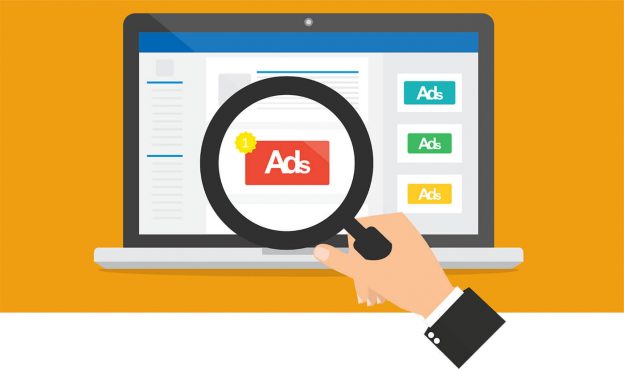


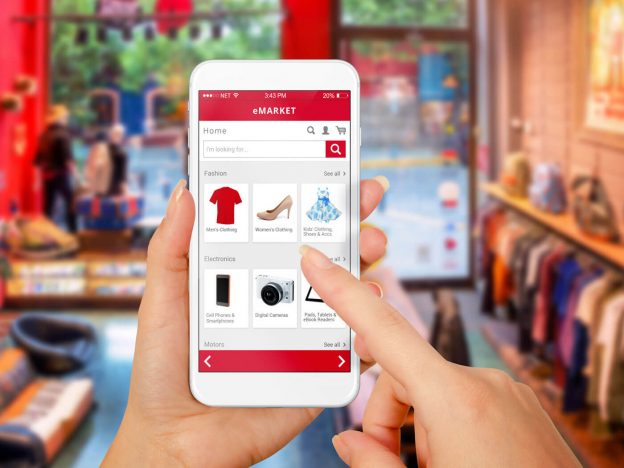





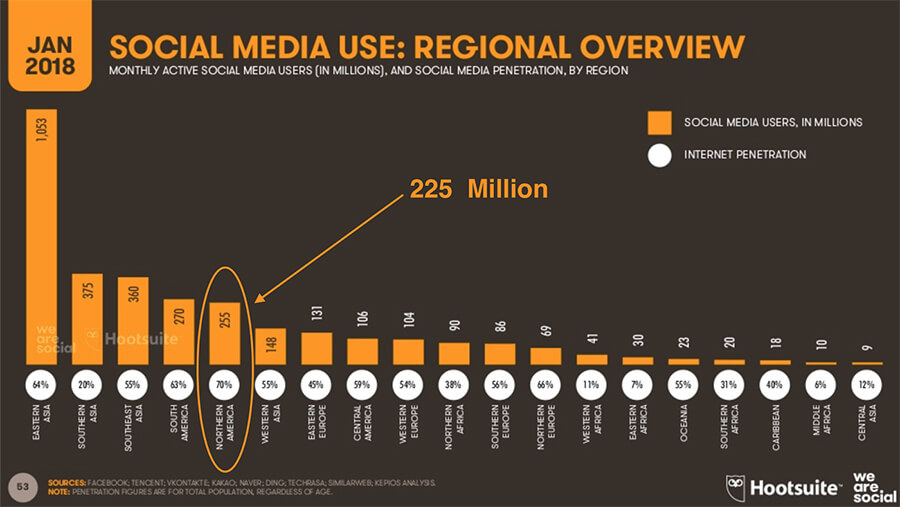

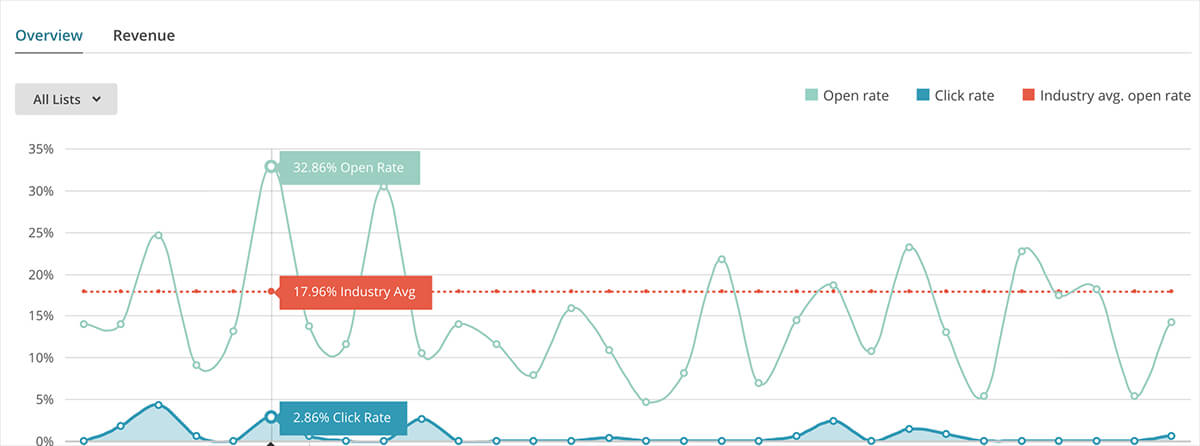


 your business in front of the entire world, so be careful with the adult language. You should probably also steer clear of politics because this can go really, really wrong. But hey, you know your customers and audience the best, so really just use your best judgment.
your business in front of the entire world, so be careful with the adult language. You should probably also steer clear of politics because this can go really, really wrong. But hey, you know your customers and audience the best, so really just use your best judgment.
 You could even sponsor a scholarship. Anything that gets your business in front of your target buyers is a great way to build your brand. Just remember, branding and sales are not the same. Don’t expect 50 leads to roll in just because you sponsored a 5k. If it were that easy… those 24” x 24” sections of marketing real estate on the starting line banner wouldn’t be $100 bucks.
You could even sponsor a scholarship. Anything that gets your business in front of your target buyers is a great way to build your brand. Just remember, branding and sales are not the same. Don’t expect 50 leads to roll in just because you sponsored a 5k. If it were that easy… those 24” x 24” sections of marketing real estate on the starting line banner wouldn’t be $100 bucks. 



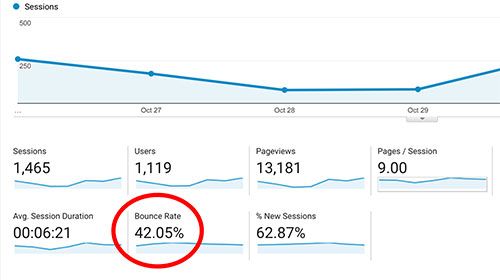
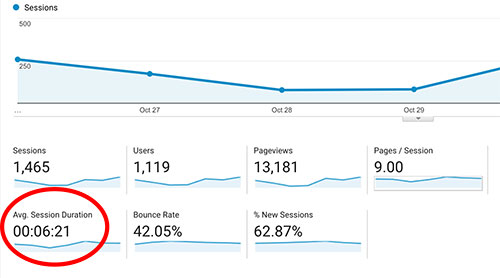
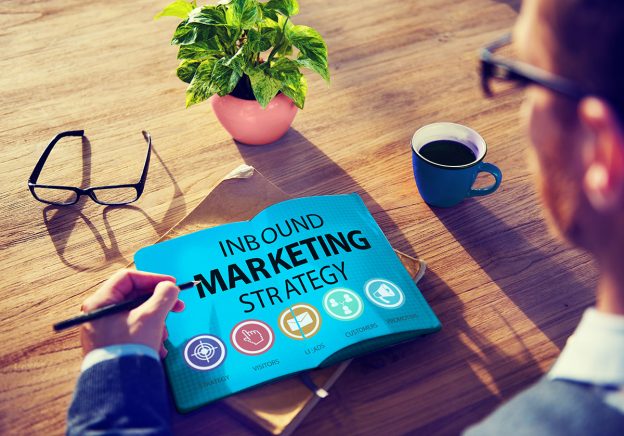
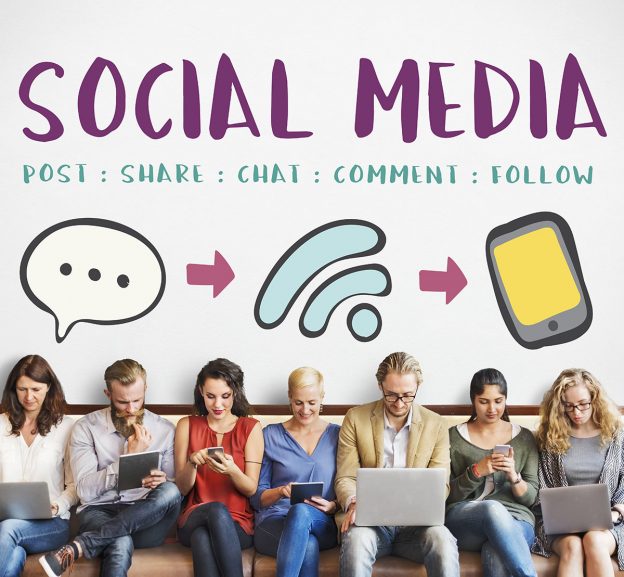








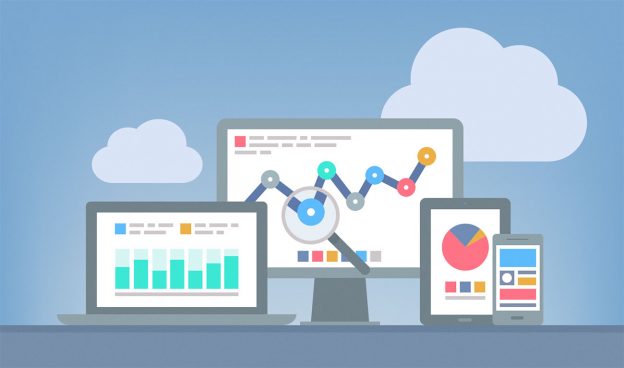




















Awards